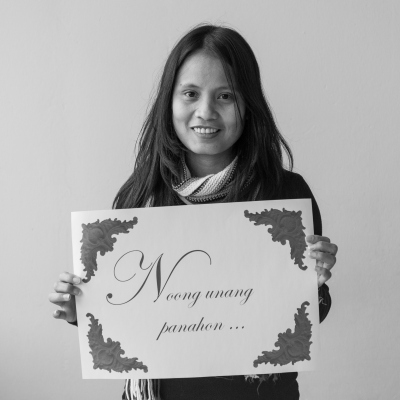- Once Upon a Time
- Team
- Deborah Tangunan
Deborah Tangunan
My research focuses on reconstructing the past productivity of the tropical Indian Ocean using coccolithophores, a group of minute, exclusively marine haptophyte algae. These organisms produce calcareous outer coverings with complex ornamentations. When they die, the remains fall to the seafloor and are preserved in sediments as fossils. My work is centered on identification, counting and geochemical analysis of these microfossils to interpret ancient environments and processes represented by the sediments from my study area. I am interested in the information that these records hold and the story that they tell about the past climate and geochemical cycles. I am keen on learning how and why water masses move and when they do, I want to know how these processes affect the biological community. Aside from their utility as paleoenvironment and paleoceanographic tracers, I also use coccolithophores in my biostratigraphic works. Different species occurred and went extinct at different periods in the geologic time, thus finding them in sediment cores or sedimentary outcrops tells me the age of that interval. Each chapter of the long history of Earth is being revealed by every layer of sediment that I examine - it is like uncovering a buried treasure every time. And helping to make this story understandable and scienceaccessible for everyone is the very reason why I want to be a part of this science communication project.
Here you can listen to an excerpt of my story "Forams are fantastic! But what if they are made out of plastic?".



